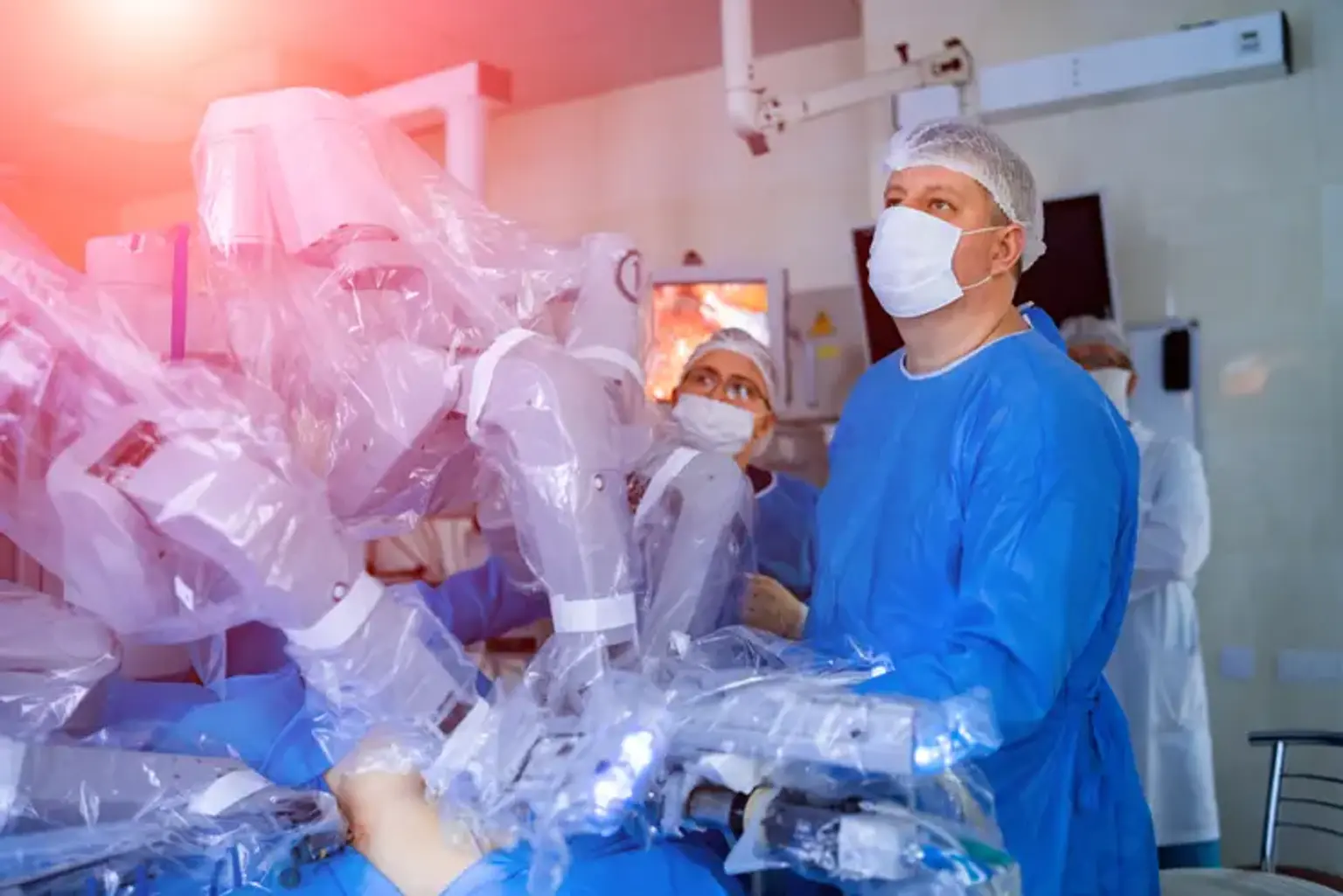Da Vinci Prostatectomy
Overview
Prostatectomy is a surgical procedure that removes all or part of the prostate gland. The prostate gland is located below the urinary bladder in the male pelvis. It encircles the urethra, which transports urine from the bladder to the penis.
The procedure is used to treat a variety of prostate-related diseases. It is most typically used to treat prostate cancer.
Depending on the condition, prostatectomy can be performed in a variety of ways. Minimally invasive surgery with robotic aid and traditional open surgery are also options.
